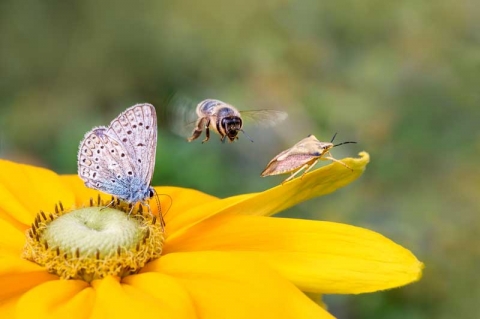Since 1992, the EU has been trying to implement biodiversity strategies with no significant results. This is due mainly to poor implementation of the legal framework at national level, and to insufficient funding for the necessary measures.
The EESC welcomes the Commission’s renewed commitment and efforts to develop a Biodiversity Strategy setting out targets to be reached by 2030, as one of the paths towards achieving the EU Green Deal.
According to Antonello Pezzini and Lutz Ribbe, rapporteur and co-rapporteur of the EESC report on the draft strategy, this strategy is the way forward in putting Europe’s biodiversity at the heart of the post-COVID-19 recovery for the benefit of people, the climate and the planet, bringing nature back into our lives.
The EU needs to significantly increase efforts to protect our remaining natural resources, through awareness-raising and communication campaigns. The EESC also considers it necessary to increase the size of protected areas, in particular strictly protected areas, to restore habitats and combat species decline.
The EESC also stresses that farmers and forest owners cannot be expected to bear the cost of protecting biodiversity. Rather, providing this “public good and value” should become a useful source of income for them.
On the road to the next meeting of the Convention on Biological Diversity in China in 2021, much more must be done to safeguard global biodiversity. It is now time for Europe to assume its leadership role, and convince the other parties that the strategies adopted are worth being followed, urges the EESC. (mr)
















